
📌 Team Uganda | Engineers 🇺🇬
✳ Edgar Mujuni
✳ Bonny Omara
✳ Derrick Tebusweke
Wallops Island, Virginia, USA | THE INDEPENDENT, NASA & URN | First satellites from Uganda and Zimbabwe go to the Space Station this weekend under a Joint Global Multi-Nation Birds Satellite program (BIRDS).
The Cygnus spacecraft will carry them to the orbiting laboratory when it lifts off from the Mid-Atlantic Regional Spaceport at NASA’s Wallops Flight Facility on Wallops Island, Virginia on Sunday.
The satellite will be launched to the International Space Station first Sunday, then it will be deployed into orbit on December 5th to start its operations.
The satellite operations are meant to be performed at Mpoma ground station after deployment.
LIVE
Uganda is among several African, Asian, and South American countries benefiting from the Birds Satellite project initiated in 2015 by the Kyushu Institute of Technology in Japan.
The Uganda team comprising engineers Edgar Mujuni, Bonny Omara and Derrick Tebusweke are back home and will watch the NASA launch on TV and internet.
Since 2015, the Japanese Kyushu Institute of Technology has been carrying out the BIRDS program with the goal of fostering a long-term and sustainable space organization in participating nations. BIRDS-5 is a constellation of CubeSats developed by Uganda, Zimbabwe, and Japan that will be deployed from the space station.
Specifically, it PEARLAFRICASAT-1, the first satellite developed by Uganda that’s been assembled by three Ugandan space engineers; ZIMSAT-1, Zimbabwe’s first satellite; and TAKA from Japan.
BIRDS-5 performs multispectral observations of earth using a commercial off-the-shelf camera and demonstrates a high-energy electronic measuring instrument.
When Northrop Grumman’s Antares rocket heads to space on Nov. 6, its precious cargo will be aboard the Cygnus spacecraft S.S. Sally Ride, named after the first American woman in space. 🧵 pic.twitter.com/fklCbPfvj2
— NASA Wallops (@NASA_Wallops) November 3, 2022
The statistical data collected could help distinguish bare ground from forest and farmland and possibly indicate the quality of agricultural growth. This could help improve the livelihood of citizens of Uganda and Zimbabwe.The cross-border university project, BIRDS provides students from developing nations with hands-on satellite development, laying a foundation for similar space technology projects in their home countries that ultimately could lead to sustainable space programs there.
The Ugandan engineers were enrolled at the Kyushu Institute of Technology (Kyutech), in Japan where they underwent training in space technology following a collaborative agreement with the Ugandan government in 2019.
Earlier, Uganda’s Dr. Monica Musenero told Uganda Radio Network in an interview early this year, that the satellite which has been under construction was handed to the National Aeronautics and Space Administration (NASA), a U.S. government agency to conduct its launch into space after undergoing all required tests.
She notes that investing in a satellite is crucial at the moment in easing data gathering, especially on weather forecasts, which Uganda has been depending on for information for a long time from other countries.
She notes that effects of climate change such as drought have always taken Uganda by surprise since they lack accurate data.
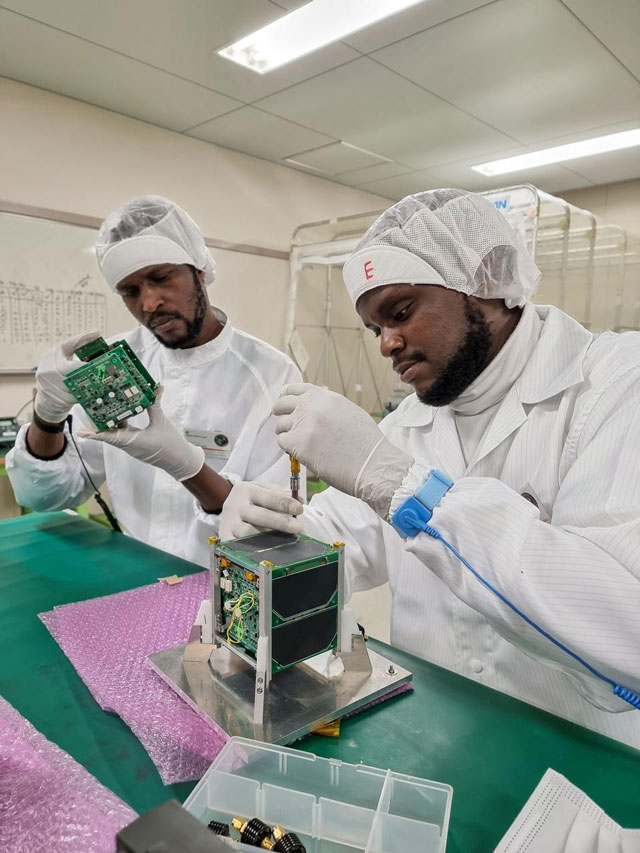
The country is also expected to benefit from the satellite once positioned in the international station for easy monitoring of pests such as desert locust invasion, and monitoring the East African Crude Oil pipeline among others.
Already, the country boasts of an earth satellite center at Mpoma in Kyaggwe, Mukono district which was set up by former President Idi Amin with support from Japan in 1978.
Egypt are next
After years of research, the Africa Development Satellite Initiative, AfDev-Sat, will display its prototype satellite at COP 27 in Sharm El-Sheikh next week through the Egyptian Space Agency.
According to BIRD story agency, Egypt has announced plans to use the upcoming UN climate conference sessions to showcase the prototype, which has been in development since 2019.
Revealing these plans in an address at a two-day engineers’ conference held on 22 October, Ahmed Farag, head of the Space Committee of the Syndicate of Engineers, described the development as one that would open up the possibilities of leveraging on space innovations to respond to floods, droughts and landslides caused by climate change.
The AfDev-Sat initiative brings Ghana, Kenya, Uganda, Nigeria, Sudan and Egypt in the pilot innovation to launch a satellite project that will aid disaster monitoring, climate change detection, and agriculture and water resources monitoring in African countries. AfDev-Sat initiative is steered by the Egyptian Space Agency.
Egypt is also home to the African Space Agency, an organ of the African Union that deals with promoting, advising and coordinating the development and utilisation of space science and technology in Africa, aiming at using these to foster intra-African and international cooperation.
A working document signed by the parties on 30 January 2022 during a progress meeting in Cairo, the latest meeting held by the members, indicates that “each satellite subsystem will be built in one of participating countries”, after which they will be assembled in Egypt.
PHOTOS – UGANDA ENGINEERS AT WORK
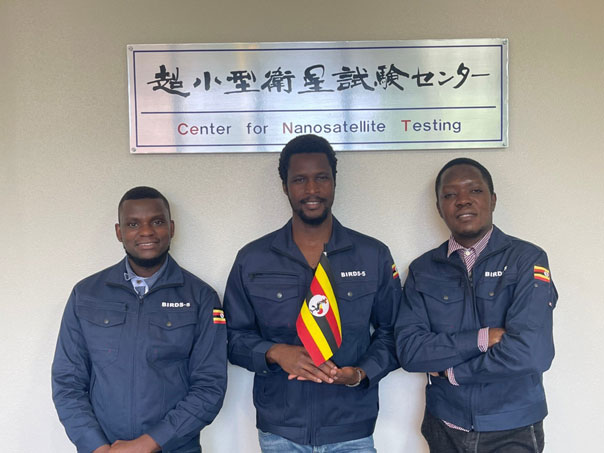
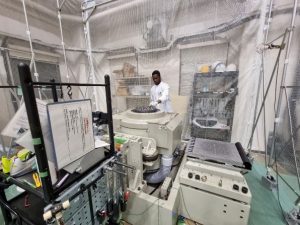
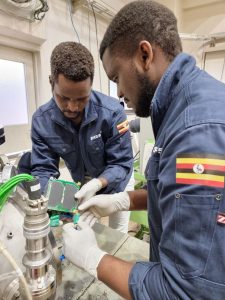
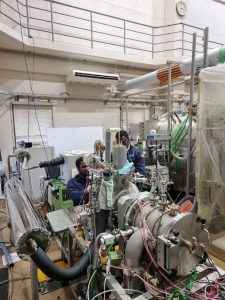

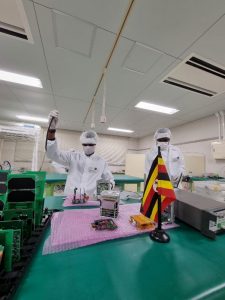
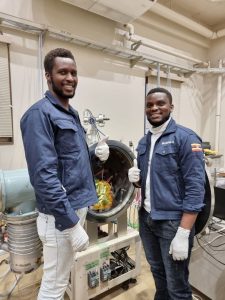
 The Independent Uganda: You get the Truth we Pay the Price
The Independent Uganda: You get the Truth we Pay the Price



It is a good development.
Good work Ugandan Engineers
What is the link for sattelite transmission results?
Where do we tune in ?
Good project
Science for development